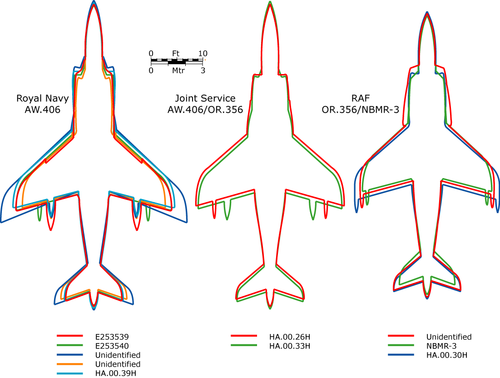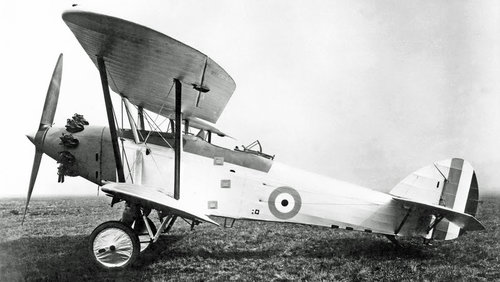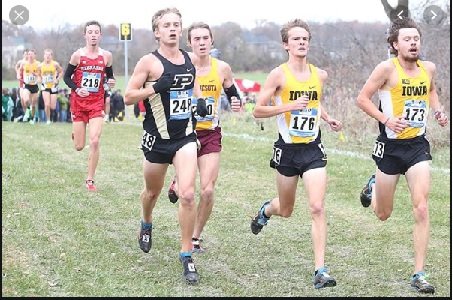- Joined
- 27 September 2006
- Messages
- 6,399
- Reaction score
- 6,780
I hope Inkworm wont mind me borrowing one of his images from Hushkits site and comparing it with the best artwork I have seen of the final version of P1154 at build. You will notice Inkworm's is based on a different drawing. I think Michael Pryce pointed this out in the old P1154 thread at page 1 now of this one.


















